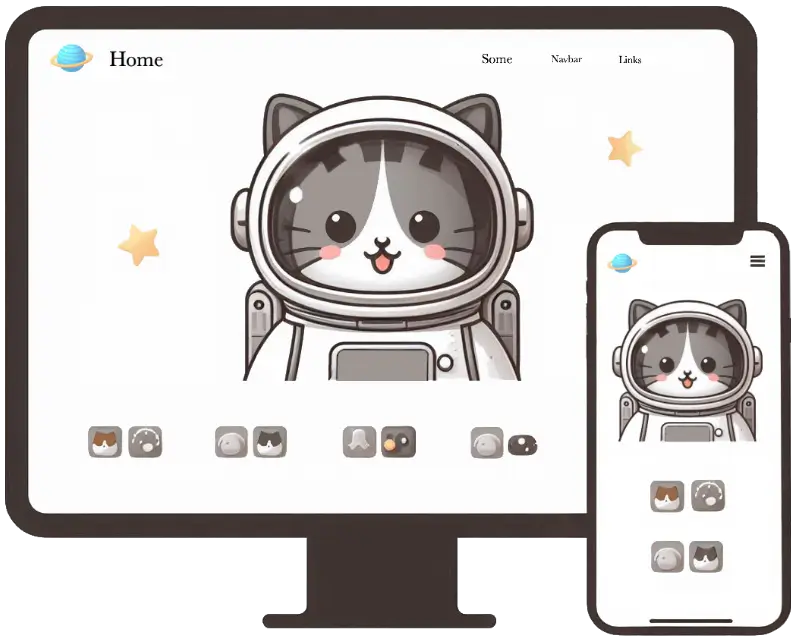
Responsive Design — a method for creating websites that look and function well on any device, from smartphones to wide monitors.
Responsiveness is achieved through the use of flexible layouts, grids, and CSS.
UI Elements adjust their size and position depending on the screen.

